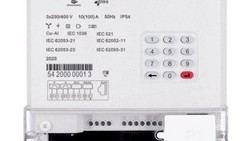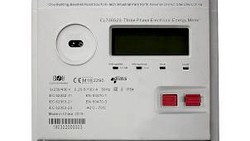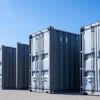This article simplifies the concept of 'energy democracy', which may be unfamiliar to some readers.
The future of energy could be local. 'Energy democracy' is an exciting idea gaining interest worldwide. It's about communities controlling their own energy – how it's made, shared and used.
This approach focuses on three things:
- It's about local ownership.
Energy resources belong to local people, not big distant companies. - It's about everyone having a say.
Communities actively join in decisions about their energy. - It's about sustainability.
The aim is to use renewable sources that are better for the environment.
This is very different from the usual model, where a few big fossil fuel companies control centralized systems. So why is local energy democracy so appealing? Well, it offers several benefits:
- Resilience
local systems can keep working even if the wider grid fails. - Economic empowerment
money stays in the community and creates local jobs. - Environmental impact
renewable energy cuts carbon emissions and pollution. - Fairness
it can make energy more affordable and accessible.
The ideas around energy democracy sound promising, but what does this actually look like in the real world?
Let's explore some concrete examples of energy democracy in action:
In cities, rooftop solar projects are gaining steam. For instance, flat buildings could install shared solar panels on their roofs. Residents could then subscribe to the solar power generated, lowering their electricity bills and supporting renewable energy without needing their own solar setup.
In rural areas, the community could come together to start an energy cooperative. One successful model involves community-owned wind farms. Local residents invest in the turbines and collectively make decisions about operations. The electricity produced is sold to the grid, and the profits are shared among cooperative members. This fosters local economic growth and funds further renewable projects.
For isolated communities, like small islands, microgrids offer a robust solution. These microgrids typically combine solar panels, wind turbines, and battery storage to create a nearly self-sufficient grid. This not only provides reliable energy, but also drastically reduces reliance on expensive and polluting diesel generators.
These examples show how energy democracy projects can be tailored to meet the specific needs and resources of different communities. The ideas are versatile and adaptable, from urban solar to rural wind co-ops to island microgrids.

Of course, there are challenges too. Setting up local energy takes a big initial investment. Communities need technical skills to build and run the systems. And energy projects often face complex regulations. But the energy democracy movement keeps growing, driven by a desire for cleaner, fairer energy.
Looking ahead, local energy could transform how we engage with our communities and environment. With renewable tech and local participation, we could build a sustainable energy future, from the ground up.
So energy democracy isn't just about energy – it's about empowering communities to make a real difference. By supporting local solutions, we can take on global challenges.
The future is local!
If you have any inquiries or need further information about our metering, energy storage or microgrid solutions, please do not hesitate to reach out to us. We are here to assist you and welcome your valuable thoughts and comments.
Until then, keep shining bright like a solar panel on a sunny day!





All comments are moderated before being published. Inappropriate or off-topic comments may not be approved.